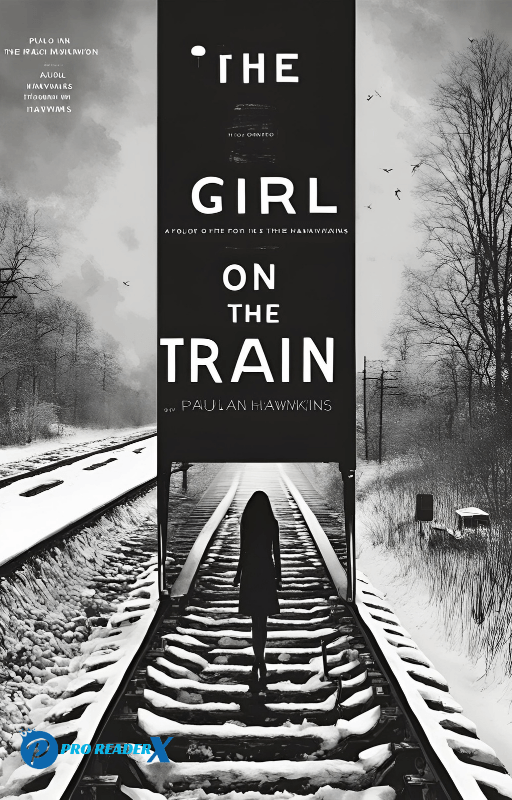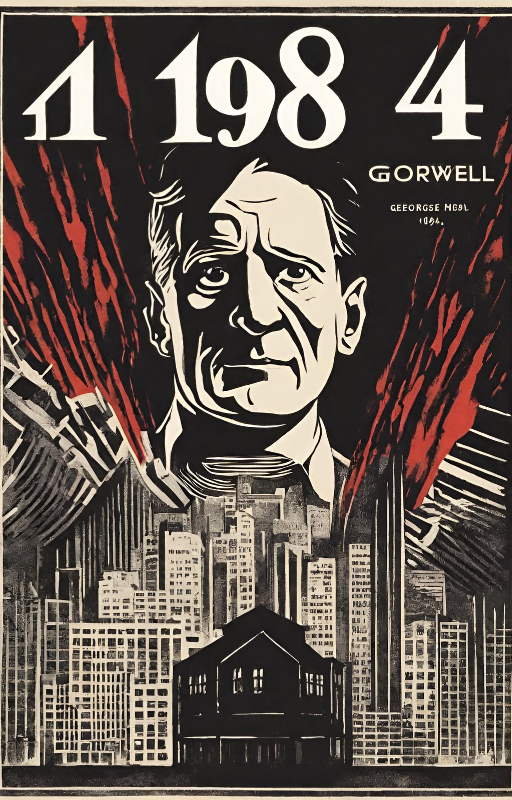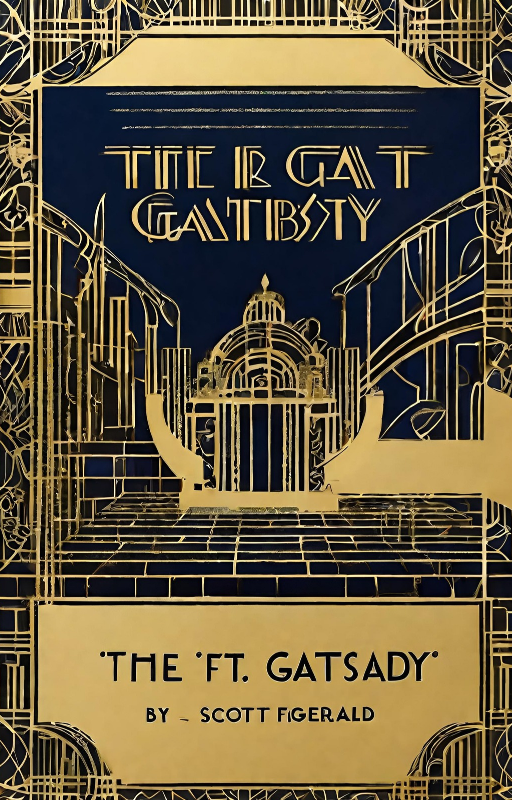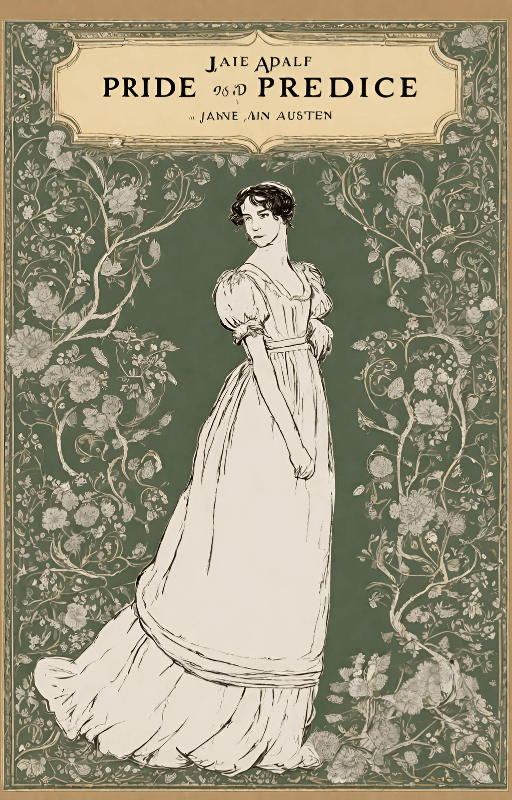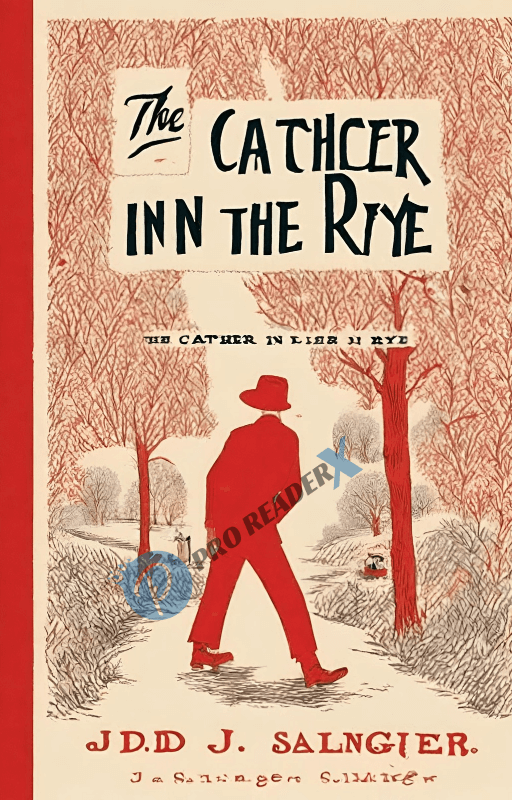Introduction: The Girl on the Train
Have you ever found yourself peeking into someone else’s life, interested in their story? That is the idea of Paula Hawkins’ compelling novel, “The Girl on the Train”. This psychological thriller, released in 2015, follows three women’s lives, their interwoven destinies, and the terrible secrets they keep. Let’s go into the universe of this best-selling novel and discover what makes it so compelling.
The Girl on the Train Plot Summary
The protagonist of “The Girl on the Train” is Rachel Watson, a disturbed woman whose life has spun out of control following her divorce. Her regular train journeys offer a window into the seemingly flawless lives of a couple she calls Jess and Jason. But when “Jess” (really Megan) goes missing, Rachel becomes engaged in a mystery that uncovers startling realities.
Main Characters Analysis
The plot focuses on three primary people, each contributing to the growing mystery.
Rachel Watson
Rachel, the protagonist, is a person with alcoholism trying to deal with her shattered marriage and infertility. Her erratic memory and compulsive personality propel the plot, making her a likable yet aggravating heroine.
Megan Hipwell
Megan, the lady Rachel watches from the train, looks to live a happy life but is plagued by her past. Her secrets and disappearance are crucial to the novel’s mystery.
Anna Watson
Anna is the new wife of Rachel’s ex-husband, Tom. She symbolizes all Rachel has lost, and her life intersects with Rachel and Megan in unforeseen ways.
Setting
The setting of “The Girl on the Train” contributes significantly to the novel’s dramatic mood. The suburban suburbs and everyday commute on the train provide a background for the unfolding narrative, emphasizing themes of solitude and voyeurism.
Themes
The work delves into various dark and profound issues that have a strong emotional impact on readers.
Alcoholism and Memory
Rachel’s alcoholism is a significant subject, influencing her credibility as a storyteller. Her blackouts and fragmentary memories lend tension and doubt to the plot.
Infidelity
Infidelity is a recurring theme, as numerous characters engage in or are influenced by extramarital affairs. This subject highlights the novel’s investigation of trust and betrayal.
Voyeurism and Obsession
Rachel’s voyeuristic interest in Megan and Scott’s lives propels the storyline. This fixation illustrates our inclination to idealize other people’s lives while ignoring our own.
Narrative Style
Hawkins has a distinctive storytelling style that puts readers on edge.
Multiple Perspectives
The story is narrated from the perspectives of Rachel, Megan, and Anna, which adds variety and complexity to the narrative. This strategy helps readers to put together the enigma from several perspectives.
Unreliable Narrators
Each narrator’s unreliability—due to drinking, secrets, or personal biases—creates uncertainty and suspense. This prompts the reader to wonder what is real and what is imagined.
Critical Reception
When it was released, “The Girl on the Train” gained considerable recognition for its captivating storyline and psychological depth. It became a global success and was hailed for its fascinating characters and thrilling plot.
Adaptations
The novel’s popularity resulted in a widely anticipated cinematic version.
Film Adaptation
The 2016 film adaptation, starring Emily Blunt as Rachel, brings the novel’s dark and twisty story to the big screen. While the movie maintains the novel’s heart, it also makes specific alterations.
Differences Between the Book and Film
One of the most noticeable distinctions is the shift in setting from London to New York. Furthermore, numerous characters’ backstories and narrative specifics were changed to accommodate the movie style.
Conclusion
“The Girl on the Train” is more than a thriller; it delves into the intricacies of human emotions and relationships. Paula Hawkins expertly constructs a story that keeps you wondering until the conclusion. Whether you’ve read the book or seen the film, the story’s disturbing themes, and flawed characters will stay with you long after the final page is turned.
FAQs
Q1: What motivated Paula Hawkins to create “The Girl on the Train”?
Hawkins was motivated by her own commuting experiences and the concept of viewing people’s lives from afar.
Q2. Does the book differ from the film?
The essential plot stays the same, although the locale and certain character specifics alter.
Q3. Why is Rachel’s viewpoint untrustworthy?
Rachel’s drinking causes memory loss and altered views, rendering her an untrustworthy narrator.
Q4: Who is the actual villain in the story?
The true enemy is revealed to be Rachel’s ex-husband, Tom, who manipulates and deceives several others.
Q5: Is there a sequel to “The Girl on the Train”?
There are no sequels. However, Paula Hawkins has written additional works with similar themes and suspense.
